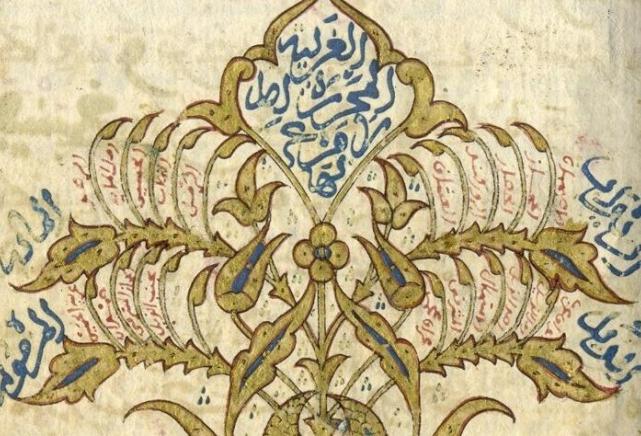The Tedeschian Community
[1]The Tedeschian Jews are Ashkenazi Jews who originated in Germany, and immigrated to Italy at the end of the fifteenth century. The name 'Tedeschi' (Tedescho in singular), which means 'Ashkenazi' or 'German,' was coined by the local Italian Jews who lived in the surroundings of the Tedeschian…
Steiger
A term in use in the European Jewish musical tradition to refer to the different modal types of Nusahei Hatefilah.
Nusah Hatefilah is the accepted ritual of liturgical singing that is based on structural elements: the combination of motifs that are built from melodic formulas within a scale…
Karaite Jews Musical Tradition
Since the establishment of this community, the Karaites have maintained the basic principles of their traditions. Over the course of these many centuries, liturgical chants within the synagogue and outside of it have served as an important feature of the Karaite heritage.
History
According…
Fal
In Yiddish, in most of the Hasidic dynasties, the word Fal refers to a section of a niggun (hence, 'tune'). Lubavitch Hasidim on the other hand, use the Aramaic word 'Bava' (gate), to describe a section. The name of one of the most famous Lubavitch niggunim, which is also the most significant due…
Priestly Blessing- Birkat Kohanim
[1]The triple blessing, or the Priestly Blessing, is arguably the most impressive text within the Synagogue tradition.
Sources of the Priestly Blessing- the Holy Temple and the Early Synagogue
The Priestly Blessing, recited by the priests (Kohanim), the descendants of Aaron the high priest,…
Coplas - Complas
A unique genre in the Sephardic Jews musical tradition.. Strophic poems, with various but very definite textual structures, in a characteristic continuity or coherence of the text. Most coplas were composed in the 17th and 18th centuries, and many more up to our century. Their subjects related to…
Minhah
Minha Service
The Minha service is held at twilight and is one of the three daily services of the Jewish liturgy. It is commonly thought that the term Minha came from Kings 1 18:36 where it is written that Elijah prayed during the time of the Minha, a sacrifice of grains (wheat and barley, rather…
Romanza - Romance
A unique genre in the Sephardic Jews musical tradition. A narrative poem, a ballad, originated in Medieval Spain. As a literally form, the text consists of an indefinite number of 16 syllables lines or verses, each one divided by a cesura into two isometric hemistiches of 8 syllables. The rhyme of…
Kedusha
A responsorial prayer segment from the third benediction of Hazarat Hashatz recited by the cantor and the congregation. The word 'Kadosh' (holy) and its declensions form the crux of this benediction, and hence its name, Kedusha.
The central part of the Kedusha is based on three biblical verses from…
Heikhal Hanegina (the Hall of Music)
A term from the Kabbalah, that refers to a heavenly hall in which entrance is permitted only through song or music. There is a common belief that the Heikhal Hanegina is the source of all of the world's melodies, and that it is close to, or the same, as the heikhal Hateshuva (the hall of repentance…
Bazetsens (LKT)
This entry is part of the Lexicon of Klezmer Terminology (LKT). The LKT compiles a wide array of source materials that shed light on the historical and contemporary state of knowledge about klezmer music. Each entry includes a number of citations from primary and secondary sources that…
Seliha-Selihot
The word Seliha (plural- Selihot) means forgiveness in Hebrew.
In the singular form Seliha means a piyut of pleading for forgiveness for one's sins that appears in various prayers and services. The Seliha does not have a fixed form, and the themes that it deals with, are not exclusive to it.…




